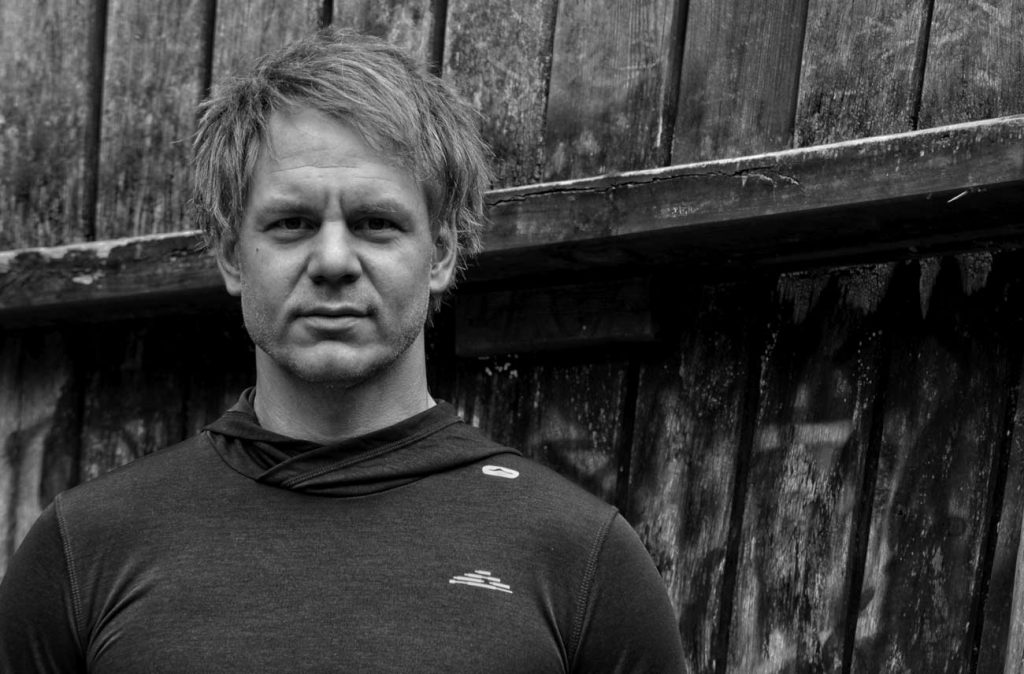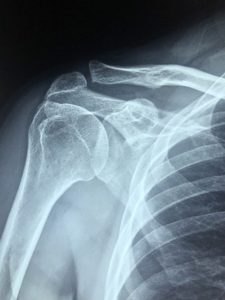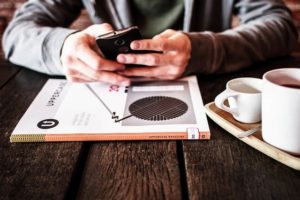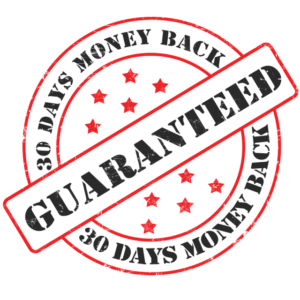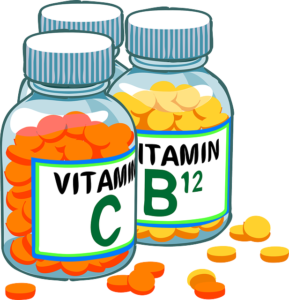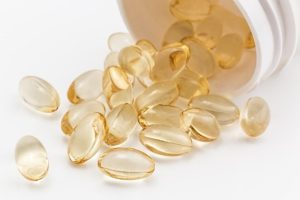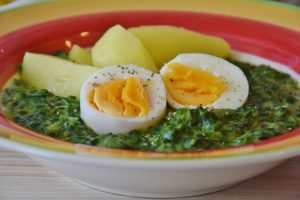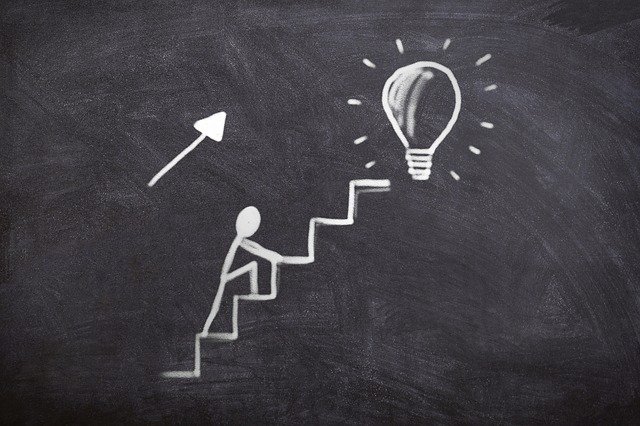The pain relieving specialist explains: A worn spine causes pain. And if I have it “repaired”, I won’t have any more pain either.
Hm…Is that so? Let´s see. “Spondylosis” is a degrading process in the spine. The body tries to compensate for the destroyed structures and the increasing pressure on the vertebrae by forming new bones for more stability. That’s good at first. The body notices a deficit of stability and tries to support it to the best of its ability. Similar to a blister on the foot when the shoes are too tight. (water storage to “build” a cushion).
What forms can these new formations take? Edge spurs, bone spurs … areal densifications as well as growths. At the beginning this is not a problem, only when these formations grow can it become painful. Why? An additional stiffening of parts of the spine takes place. (Restriction of mobility).
On top of that, a narrowing of the spinal canal can occur. I’m not even going to start on possible evasive movements / relieving postures to avoid additional pain. So there is an internal structure that the body has built itself. In order to compensate for a bad posture or overphysiological wear and tear. Now comes a medical operation to remove the growth. This can have a relieving effect, especially if a narrowing of the spinal canal has occurred. Does this mean that all pain has been permanently removed?
How do many pains arise in the body, especially when no cause can be identified, so the pain is non-specific? I believe that the pain is “sent” from the brain to the body part to prevent overphysiological wear and tear. Avoidance through “the gift” of pain. What does the human being do? He avoids this movement because of the pain.
By the way, if I were wrong, my treatment would not work! ![]()
![]() What happens if the movement pattern that led to the wear and tear does not change? It starts all over again. Until the pain becomes unbearable again.
What happens if the movement pattern that led to the wear and tear does not change? It starts all over again. Until the pain becomes unbearable again.
Does that make sense as an explanation? Can it also be that the pain does not go away after a therapy? Yep, that can also be the case. Why? Because the change in the spine is not the cause of the pain. The cause is the protective function of the body by sending a pain to the corresponding part of the body.
I know this is hard stuff I am “trying” to describe here. ![]()
But again – if I were wrong – my treatment would not work.
By the way, new appointments are possible again.
If you have any questions… just ask.
Stay strong.
Matti


